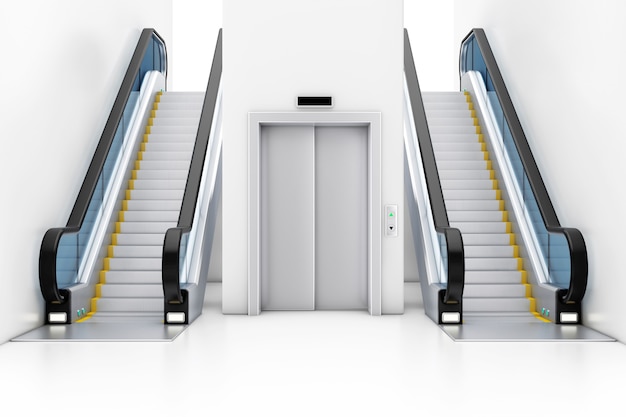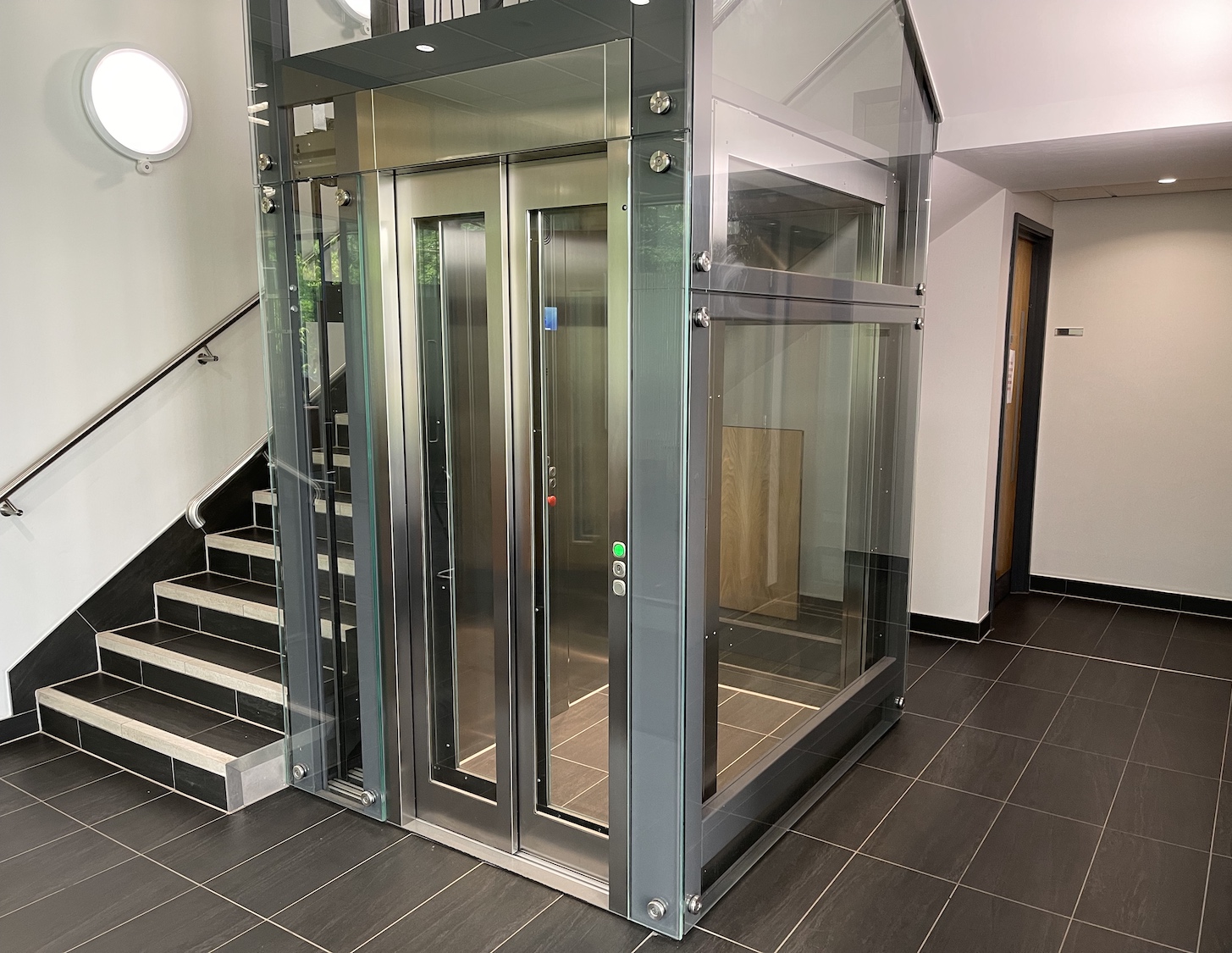Discover the most effective Disabled Platform Lifts Prices UK for Residential and Commercial Usage
Discover the most effective Disabled Platform Lifts Prices UK for Residential and Commercial Usage
Blog Article
Exploring the Globe of Lifts: Typical Concerns Dealt With by Various Lift Devices
As we browse through the vertical transport systems of modern-day buildings, lifts stick out as an important component of our lives. However, behind their smooth procedure exists a world of intricate mechanisms that can occasionally encounter challenges. From hydraulic elevators to grip systems and machine-room-less designs, each lift type features its collection of usual problems. Recognizing these difficulties is vital for making certain the smooth performance of these crucial systems. Allow's check out the intricacies that underlie the procedure of elevators and the prospective problems that can emerge, shedding light on the complex internet of lift systems.
Hydraulic Elevators
Hydraulic elevators, typically preferred for low-rise buildings, make use of fluid pressure to control the movement of the lift vehicle (lift repair companies). This system involves a hydraulic pump pressing oil into a cylinder, causing the lift to move in the preferred direction. While hydraulic elevators are known for their smooth and quiet operation, they do feature their own collection of common concerns
One prevalent trouble with hydraulic lifts is oil leakage. Furthermore, issues with the control system, such as defective shutoffs or a malfunctioning pump, can trigger interruptions in the lift's motion.
Regular maintenance and prompt fixings are crucial to ensure the smooth functioning of hydraulic lifts. By resolving these common issues proactively, building proprietors can minimize downtime and guarantee the safety and efficiency of their upright transport system.
Traction Lifts
When thinking about vertical transport systems in structures, one more typical type apart from hydraulic elevators is the traction elevator. Traction lifts run utilizing a system of ropes and weights that move the elevator auto by gripping onto the hoist ropes. This system allows for smoother and faster upright transport compared to hydraulic systems.
One of the typical problems dealt with by grip lifts is rope wear. The consistent movement of the ropes within the traction system can lead to use and tear with time, potentially triggering the lift to breakdown or end up being dangerous for use. Regular inspections and maintenance of the ropes are vital to ensure the elevator's appropriate functioning and safety.
An additional concern that grip elevators might come across is connected to the control system. Issues with the control system can lead to issues such as erratic movement, hold-ups in feedback times, or perhaps total shutdowns. Regular testing and upkeep of the control system are vital to avoid such problems and ensure the elevator's reliability.
Machine-Room-Less (MRL) Lifts

One of the vital components of MRL elevators is the compact gearless traction equipment that is set up within the hoistway. This maker effectively drives the lift cars and truck without the demand for bulky equipment located in typical grip lifts. Additionally, MRL lifts generally make use of a counterweight system to stabilize the car, further boosting their energy efficiency.
Regardless of their advantages, MRL elevators might face obstacles related to repair and maintenance due to the restricted space for tools installation. Access for servicing components within the shaft can be restricted, requiring specialized training for service technicians. Correct upkeep routines and normal examinations are important to make sure the ongoing smooth operation of MRL elevators.
Overloading and Weight Limitation Issues
Are elevators geared up to handle excess weight tons successfully and securely? Overloading and weight restriction concerns are vital worries in additional resources lift procedures. Lift makers style lifts with details weight abilities to ensure guest safety and devices durability. Going beyond these weight limitations can result in different problems, including mechanical failures, hold-ups, and security risks.
When lifts are strained, it places too much stress look at this web-site on the motor, cords, and other parts, possibly triggering breakdowns or breakdowns. If they detect excess weight, safety mechanisms such as sensing units and overload sensors are in place to prevent elevators from relocating. Furthermore, surpassing weight limits can cause enhanced power consumption and damage on the lift system.
To alleviate straining concerns, developing managers should prominently show weight limitations in elevators and inform owners on the importance of sticking to these constraints - lift repair companies. Regular maintenance checks by certified service technicians can also assist ensure that elevators are operating within risk-free weight specifications. By addressing overloading and weight restriction concerns proactively, structure proprietors can enhance elevator safety and effectiveness
Electric System Failings
Surpassing weight limitations in lifts can not just lead to mechanical issues but also possibly add to electric system failures within the lift facilities. Electrical system failings are a critical concern in elevator operation, as they can create unexpected shutdowns, breakdowns, or even safety threats.
Additionally, power rises or changes in the electric supply can additionally disrupt the elevator's operation, impacting its efficiency and security. These electrical disruptions can harm sensitive lift elements such as control board, circuit boards, or sensing units, causing system failures. Regular maintenance and examinations are important to determine and address potential electrical issues quickly, making sure the reliable and safe operation of elevator systems. By explanation sticking to weight limitations and conducting regular electrical system checks, building proprietors can mitigate the danger of electric failings in lifts.
Final Thought

Hydraulic elevators, usually chosen for low-rise buildings, utilize fluid stress to manage the motion of the lift car.When thinking about upright transport systems in structures, another common kind aside from hydraulic elevators is the grip lift. Grip lifts run using a system of ropes and weights that relocate the lift automobile by gripping onto the hoist ropes. Unlike conventional lifts that need a separate maker room to house the tools, MRL lifts integrate many of the components within the shaft, removing the demand for a committed machine space.In final thought, elevators deal with typical concerns such as hydraulic malfunctions, traction system failings, and electric system issues.
Report this page